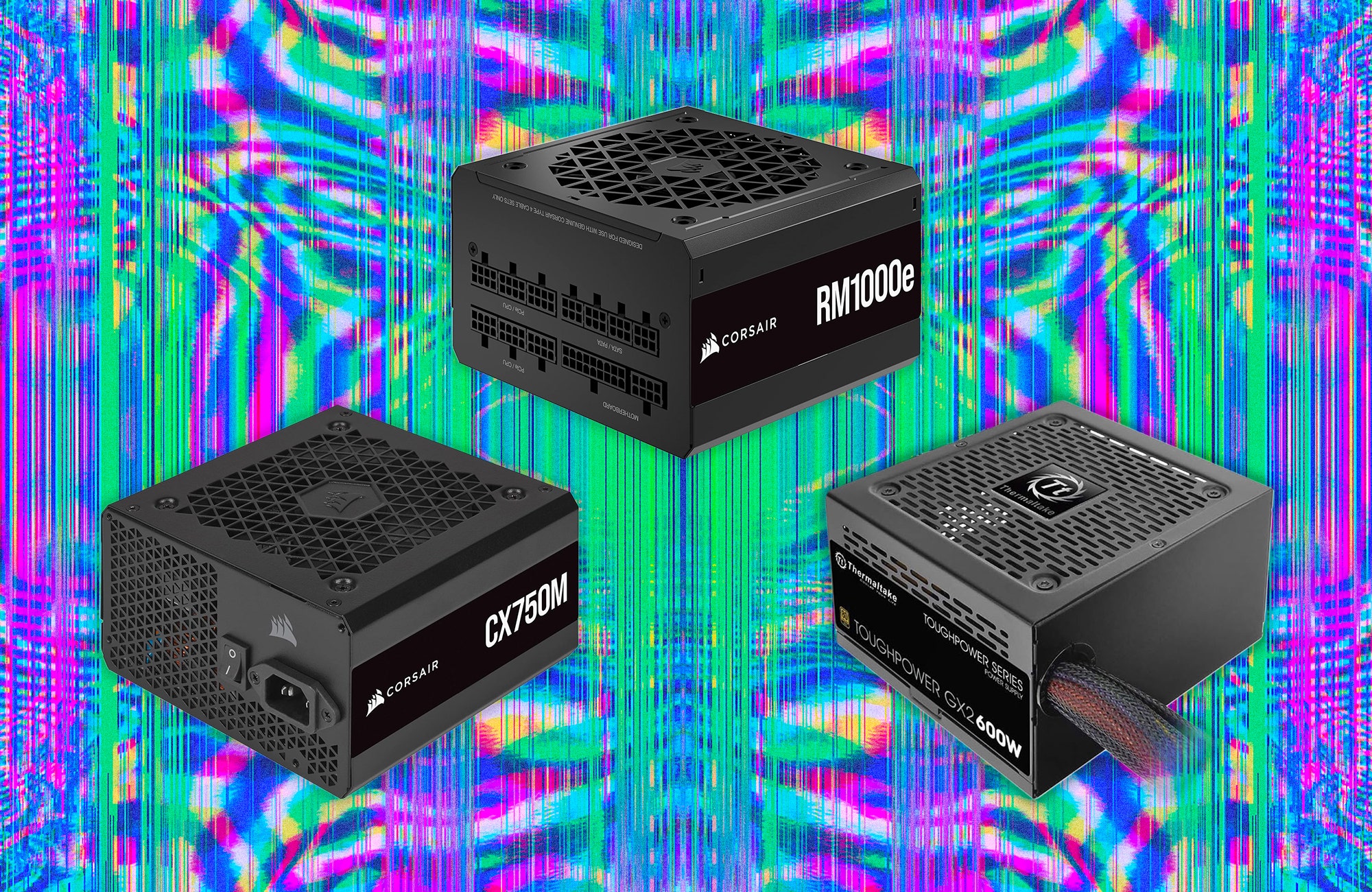If you’re in the process of building your PC, one of the most important components to consider is which power supply unit you will choose for your new computer. While shopping, you might see the word “modular” thrown around a lot as a key feature, and it’s not exactly self-explanatory. In fact, this decision is really important when it comes to your purchase, particularly if you’re building a new PC. Below is everything you need to know, as well as a few product recommendations.
Want to know more about PC gear? Be sure to have a look at our guides on Motherboard Sizes, the Best Gaming Keyboards, Best Gaming Mice, Best Gaming Headsets, and Best Gaming Controllers.
Power up with unlimited access to WIRED. Get best-in-class reporting that’s too important to ignore for just $2.50 $1 per month for 1 year. Includes unlimited digital access and exclusive subscriber-only content. Subscribe Today.
If you buy something using links in our stories, we may earn a commission. This helps support our journalism. Learn more.
Fully Modular
Simply put, the cables on a modular power supply are fully detachable from the brick. You’ll find a row of ports on the interior of the power supply, which match up with an included bag of cables. Both the ports and cables are meant for a specific power supply and use case, so make sure they match up.
The biggest benefit is cable management. Forget dealing with that big tangled cluster of hard plastic cables and oddly similar plugs. Instead, you can take each individual cable and run it from the power supply to its component, and then wrap them up at the end into tidy bundles.
Corsair’s fully modular RM1000e ($160) was updated in 2023 to support the new ATX 3.0 standard. It’s fully modular, well reviewed, and consistently available for below retail price.
Whatever cables you don’t need can also be left out of the case entirely. Any improvement to airflow is a welcome one, even if it’s minor, particularly next to the power supply. If you have a smaller case, or don’t have a dedicated area for the power supply, this can be particularly important.
Going modular also opens up a world of custom power cables. You can measure the exact length you need for your components and case, then have a set made that’s a perfect fit. There are tons of color and style options to choose from, giving your case a unique flair.
Non-Modular
A non-modular power supply has all of its interior cables hardwired into the side. Whether you need them or not, you’ll get every single cable in a tight bundle attached to the side permanently. They’re cheaper than a modular power supply, which is really the only reason you’d choose one.
You’re likely to find these in prebuilt computers that you buy from retail stores. Big manufacturers like Dell or HP produce tens of millions of computers every year, so simplifying mass assembly and standardizing components a little bit can have a huge ripple effect.
If you just need a basic replacement for the desktop that sits in the corner of your kitchen, you might reach for the Thermaltake Toughpower GX2 ($64). It doesn’t support the latest high-end feature sets, and its wattage is on the low side, but it should have no problem handling most nongaming workloads.
Semi-Modular
That’s right, there’s a secret third option. Although less common, some power supplies have the most common cables hardwired in with a few expansion slots for extra cables. Which cables are hard-wired can vary, but typically the ATX 24-pin, one PCIe cable, 8 pin CPU, and EPS power are attached, with others able to be plugged in.
The problem with this option is it’s kind of the worst of both worlds. You still have a cluster of cables to grapple with while setting everything up. Depending on which cables come hardwired, you also may have extras hanging out in the case once it’s built.
There’s probably a use case for these, but unless you’re getting a great deal, we think you should check out the fully modular options. Corsair’s CX750M ($80) has a 24-pin motherboard and two 8-pin connectors hardwired, with extra ports for SATA, PCIe, and PATA to power your extra devices.
Other Tips
Photograph: Cooler Master
If you’re just looking to get your home computer back online, a non-modular option from a reputable brand should do just fine. You’ll have to spend a few extra minutes running the cables, and it may not look as nice, but if your plan is to close the case and go back to ignoring your computer, that won’t be a problem.
On the other hand, if you’re reading this looking for advice on building a new computer, we encourage you to go with a fully modular power supply. They’re much easier to set up, look cleaner, and can even improve the airflow in your case. Building a computer is expensive, so trying to save a few bucks is understandable, but a power supply isn’t the place to do so. Beyond the benefits of modular cables, a poorly built PSU can put your whole system at risk. The price difference here is generally negligible, and worth the upgrade.











